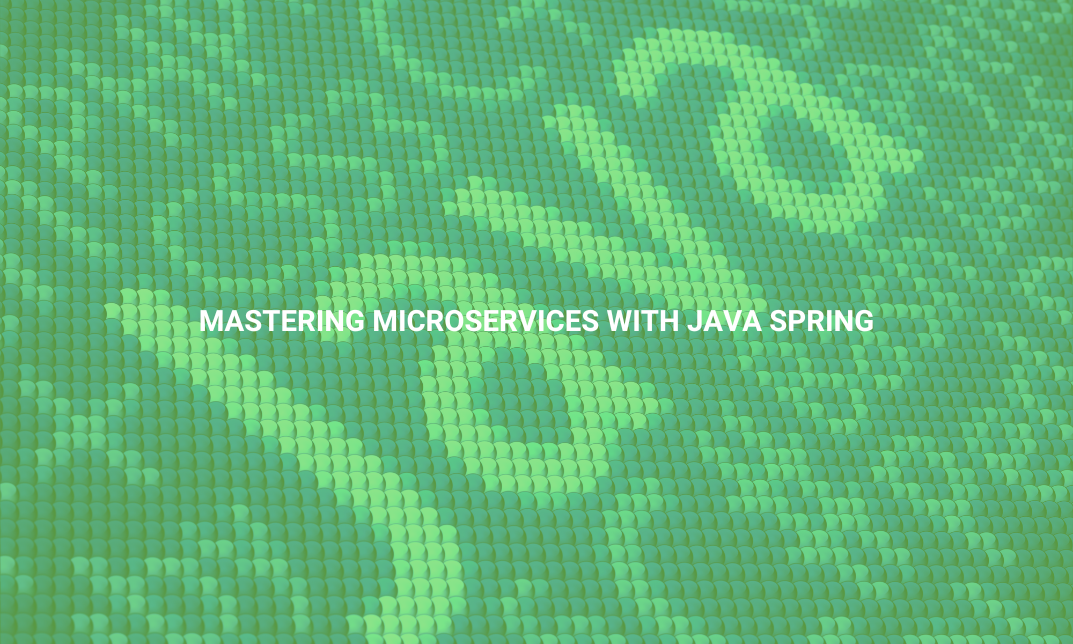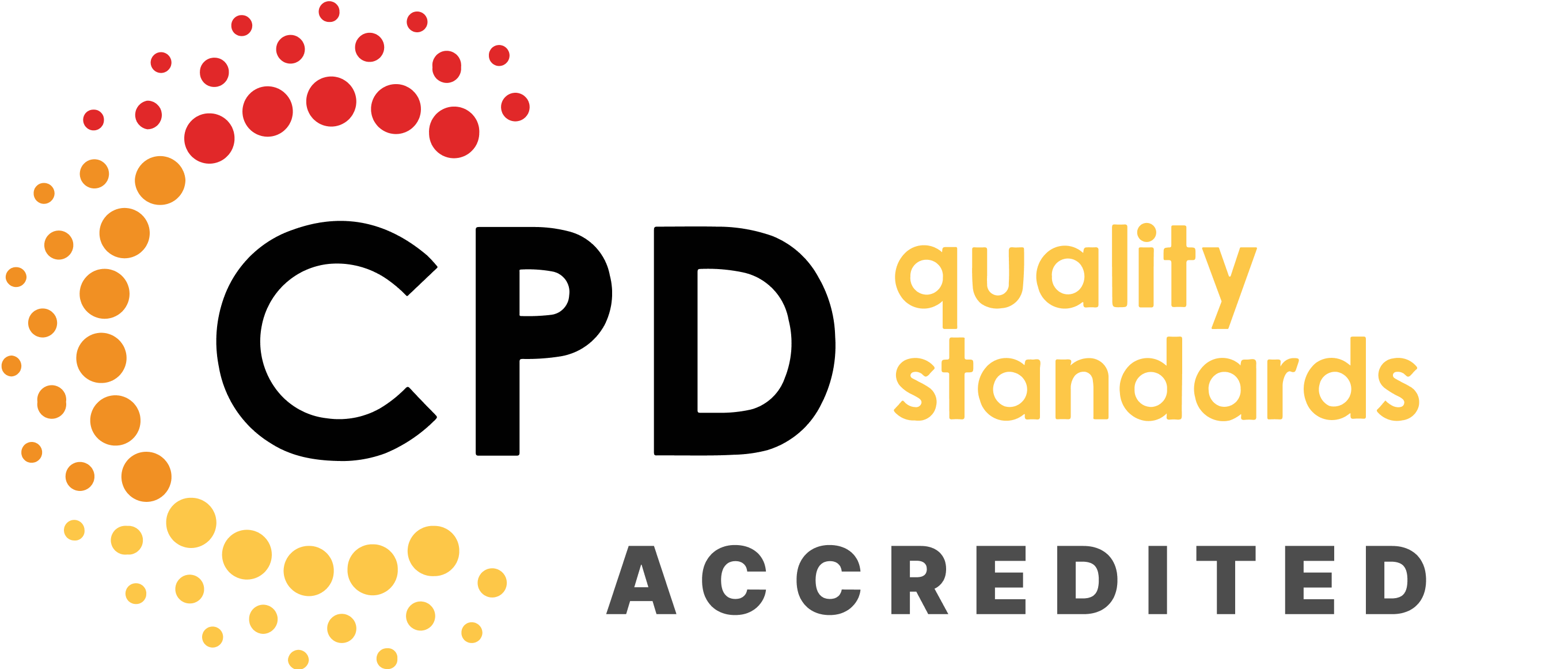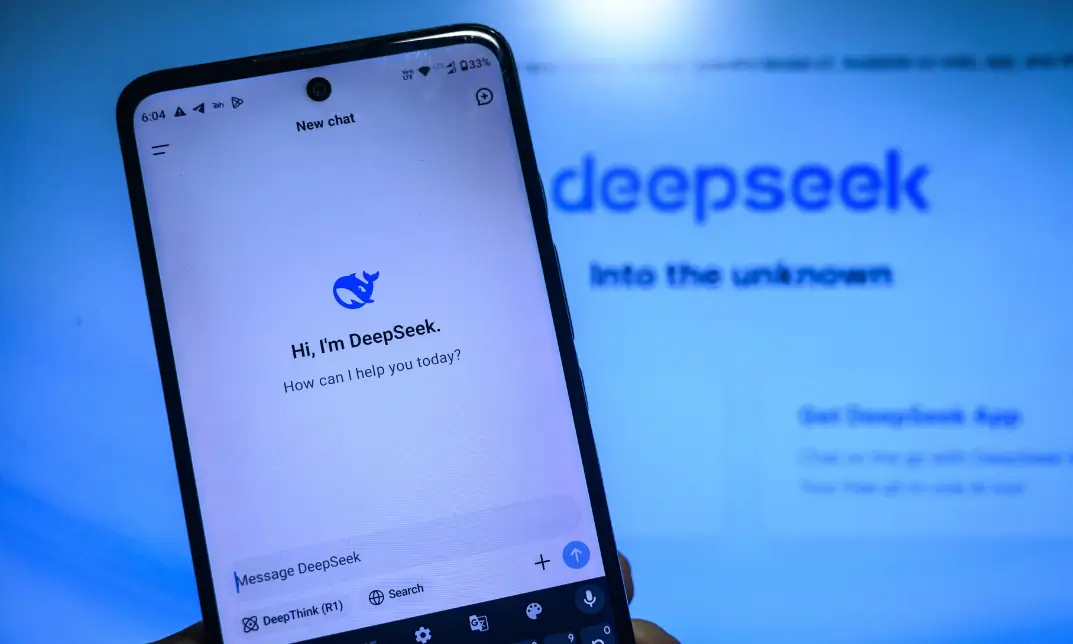Mastering Microservices with Java Spring Overview
Mastering Microservices with Java Spring equips developers with the skills needed to design, build, and deploy microservices using Java Spring. This course dives deep into microservices architecture, starting with a monolithic application and gradually transitioning to a fully-fledged microservices ecosystem. You’ll gain hands-on experience with Spring Boot, Spring Cloud, and other essential tools, enabling you to create scalable, resilient, and maintainable applications. Along the way, you’ll explore crucial aspects of microservices development, from service discovery and registration to implementing circuit breakers and API gateways. By the end of the course, you’ll confidently develop and manage microservices using Java Spring, ready to tackle complex software architecture challenges in real-world projects.
Learning Outcomes
- Understand the fundamentals of microservices architecture and its advantages over monolithic applications.
- Set up the development environment for building microservices with Java Spring.
- Migrate a monolithic application to a microservices-based architecture using Spring Boot.
- Implement service discovery and registration using Spring Cloud.
- Configure and manage remote configurations for Spring Cloud microservices.
- Refactor existing APIs (Product, Category, User, Address, etc.) to microservices using Spring Boot.
- Integrate declarative clients with Feign and manage inter-service communication.
- Implement centralised exception handling and resilience patterns like Circuit Breaker with Hystrix.
- Work with Spring Data and MongoDB to manage data within microservices.
- Design and implement API Gateways and understand microservices architecture patterns.
Who Is This Course For
This course is perfect for Java developers eager to advance their skills in building scalable, resilient applications with microservices architecture. Backend developers aiming to transition to microservices, software architects seeking to master Java Spring’s nuances, and technical leads responsible for designing modern software solutions will find this course invaluable. It also benefits professionals working with legacy monolithic systems who want to migrate to a more modular and maintainable architecture.
Eligibility Requirements
Participants should have a solid understanding of Java programming and basic knowledge of Spring Framework. Familiarity with concepts like RESTful APIs and distributed systems will be beneficial. No prior experience in microservices is required, but a foundational understanding of backend development is recommended.
Entry Requirements
- Age Requirement: Applicants must be aged 16 or above, allowing both young learners and adults to engage in this educational pursuit.
- Academic Background: There are no specific educational prerequisites, opening the door to individuals from diverse academic histories.
- Language Proficiency: A good command of the English language is essential for comprehension and engagement with the course materials.
- Numeracy Skills: Basic numeracy skills are required to effectively understand and work with course-related information.
Why Choose Us
- Affordable, engaging & high-quality e-learning study materials;
- Tutorial videos/materials from the industry-leading experts;
- Study in a user-friendly, advanced online learning platform;
- Efficient exam systems for the assessment and instant result;
- The UK & internationally recognised accredited
- Access to course content on mobile, tablet or desktop from anywhere, anytime;
- The benefit of career advancement opportunities;
- 24/7 student support via email.
Career Path
Upon completing this course, you’ll be well-equipped to pursue advanced roles in software development, particularly in the field of microservices and cloud-native applications. You’ll have the expertise to work on complex enterprise-level projects, architecting and implementing microservices solutions using Java Spring. This knowledge opens doors to various career opportunities, including positions in top tech companies, consultancy firms, and startups focused on delivering scalable software solutions.

 14-Day
Money-Back Guarantee
14-Day
Money-Back Guarantee













 Add to Cart
Add to Cart
